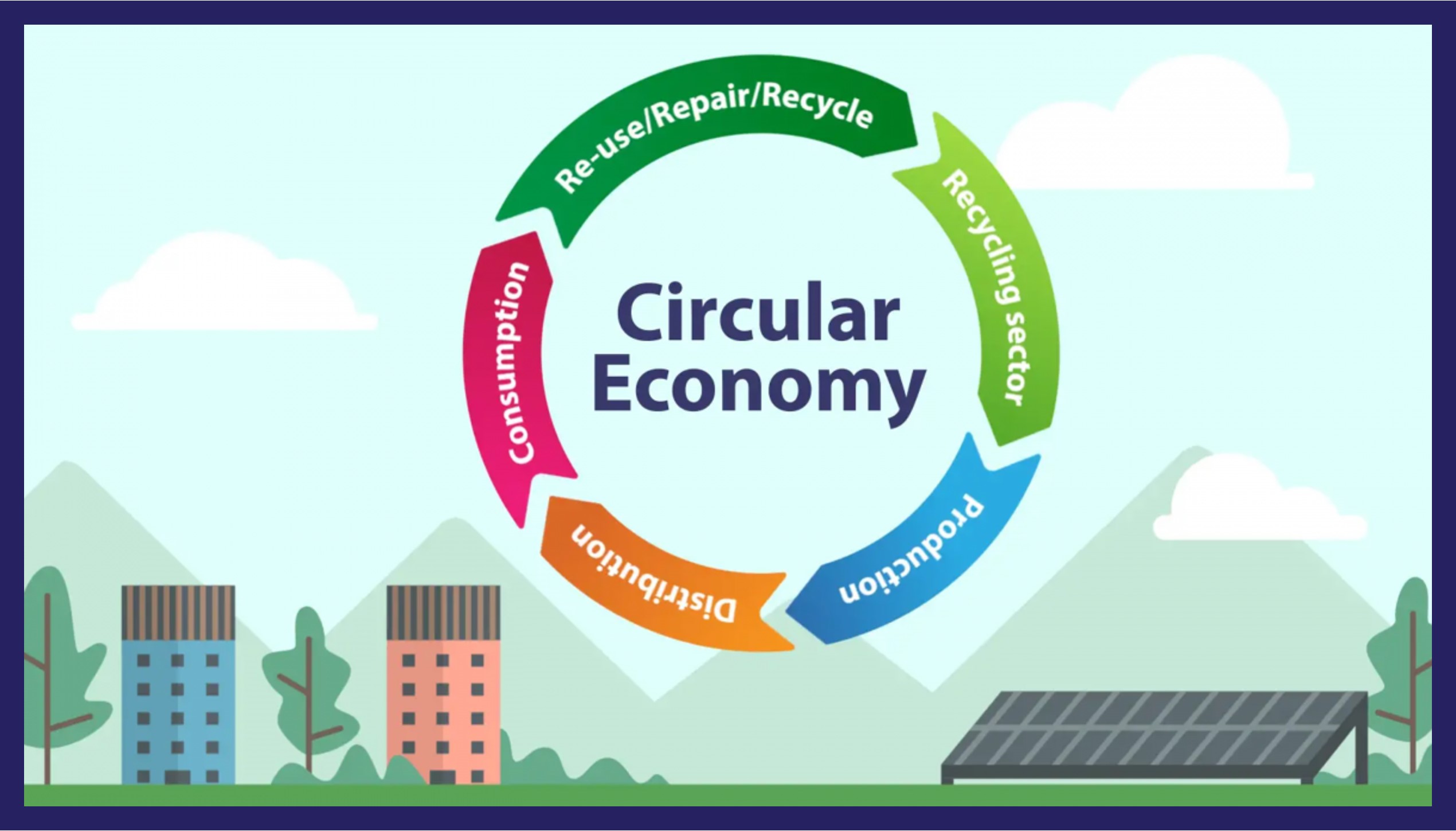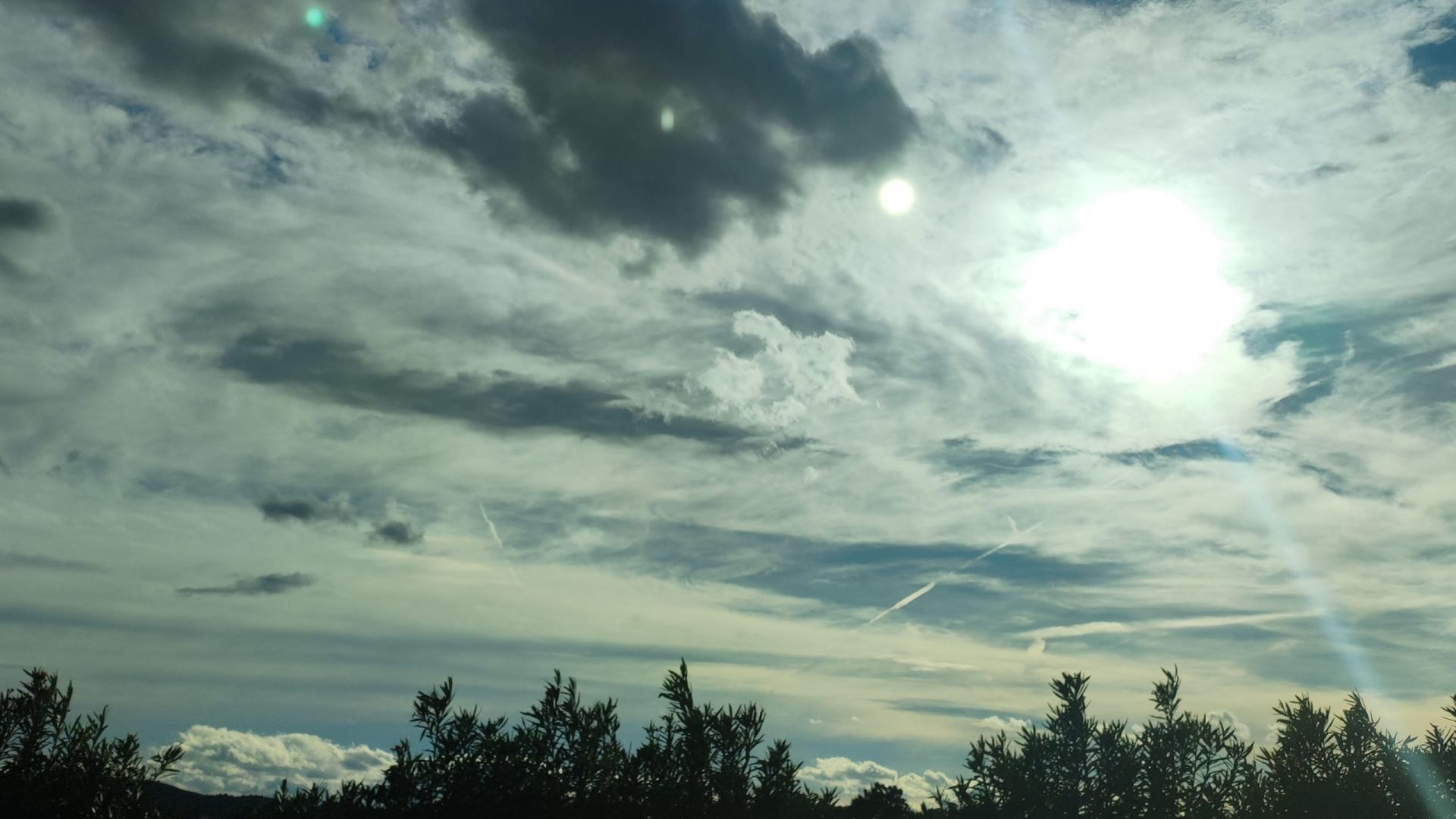SUSTAINABILITY IN ARCHITECTURE
3PILLARS
- SOCIO-CULTURAL
- SOCIO-ECONOMIC
- ENVIROMENTAL
GREEN AND CIRCULAR ECONOMY
Circular economy is focuses on the resource cycle and is a model based on the Reuse ,Repair ,Remanufacturing and Rycicling of materials and products.
Green economy improves human well-being and social equity,reduces enviromental risk and is resource efficient . It is a model that integrate the social dimension and the conservation of ecosystems.

OPERATIONAL PRINCIPLES
The impact of human beings on a natural systems must not exceed the carrying capacity of nature.
The use of renewable resources must nit esceed theirr rate of regeneration.
The use of non-renewable resources must be compensate by the production of renewable resources.
The emission into the enviroment must not exceed the absorptive capacity of the receivers.

LCA : life cycle analisys
Studies the environmental impact of products, so we need to know the energy consumption and the pollution we produce by doing them. (Extractions of raw materials, manufacturing, transport, implementation, and use, its end-of-life)


ECOLOICAL FOOTPRINT
Study the amount of territory needed to generate our biological resources and to absorb the waste we produce.
THE 3R RULE
(Reduce, Reuse, Recycle). The best is REDUCE cuz you won’t need to use the other two options if you do the first one.

OTHER CONCEPTS
- GREEN:used in reference to everything related to the enviroment
- ECO-/ECO-FRIENDLY:means something that is enviromentaly friendly ,pro-enviromental and does not harm the enviroment.
- BIO: are organic products which share the singularity of not having been artificially processed or having used chemicals, pesticides or fertilizers during any of their stages
- KM0: applied to agriculture to identify products linked to a territory, because they save gigantic CO2 emissions from food that travel hundreds of thousands of kilometres to reach the plate.
- PREMACULTURE: conscious design and maintenance of productive agricultural ecosystems, which have the diversity, stability and resilience on natural ecosystems. It is the harmonious integration of landscape and people producing food, energy, shelter and other necessities and non-materials in a sustainable manner.
- LOW-TECH: characterized by the use of simple,inexpresive technologies,accessible to all and easily repairable using common and locally available means.
- PASSIVE: desing tha maximisses the us of natural sources of heating ,cooling and ventilation to create comfortable conditions inside buildings.
- NZEB: building with a very high level of energy efficiency and comfort thanks to have very low energy consumption
- PASSIVE HOUSE:one of the international standars for certifying nZEBs
HEALTHY BUILDINGS
Connect human biology and the environment (it must allow: correct evapotranspiration, thermal radiation, natural light…)
- Psychological aspects: The relations with nature influences positively on us making us feel better and less stressed. (proportion,chromatic,texture,exterior views.)

- Sick building syndrome: That set of symptoms that can degenerate into a state of chronic illness. (To avoid that we should use healthy buildings) .SBS focus on the health rosk factors aassociated with a building such as:biological ,chemical,physical,psychosocial.

CLIMATE-HUMAN BEING
The energy life depend on the direct effects of the enviroment in which he lives,the atmospheric conditions stimulate or depress the physical and mental work of the man.The human being is a thermal machine that transforms chemical energy into mechanical energy with great heat dispersion due to its metabolism.The main elements of the climate environment that influence human comfort are:
(the temperature of the air,the radiation (thermal emission,the movement of the air,the relative humidity)
There are environmental conditions that are fundamental in the interaction of the building:temperature,sunshine,prevailing winds,rainfall,snow,relative humidity and vapour preassure.


ENVIROMENT -SITE ANALYSIS






BIO ARCHITECTURE
It aims to minimize the negative impacts of constructions both on the health of the occupants and
on the environment. People-centred, energy-efficient buildings with functional and flexible spaces, using safe and recyclable materials, respecting the territory and its identity.
BIOCLIMATIC
Depends on the climatic conditions od the site and adapt the building to them.


CONSTRUCTIVE SOLUTIONS
Direct solar radiation through the windows.

Proper orientation of the building.

Building type that prefers natural cross ventilation.

Promote reflections.
Materials: try to use natural materials, but WARNING! Sometimes those natural materials have harmful chemicals added by humans. (Cork with chemical glues).
(AVOID CEMENT, a lot of energy expenditure, and we can use lime, it is the same material and has more benefits).
Don’t let us fool you! Green washes (they rip us off with sustainability) Biomorphism (change in the shape of a building to make it look sustainable but it really isn’t)
Use of natural resources as a decorative resource.

Recycled materials (not really the best of the best)
